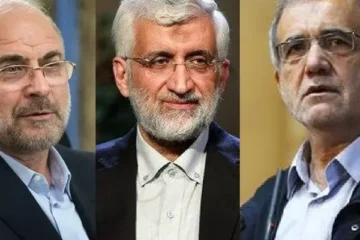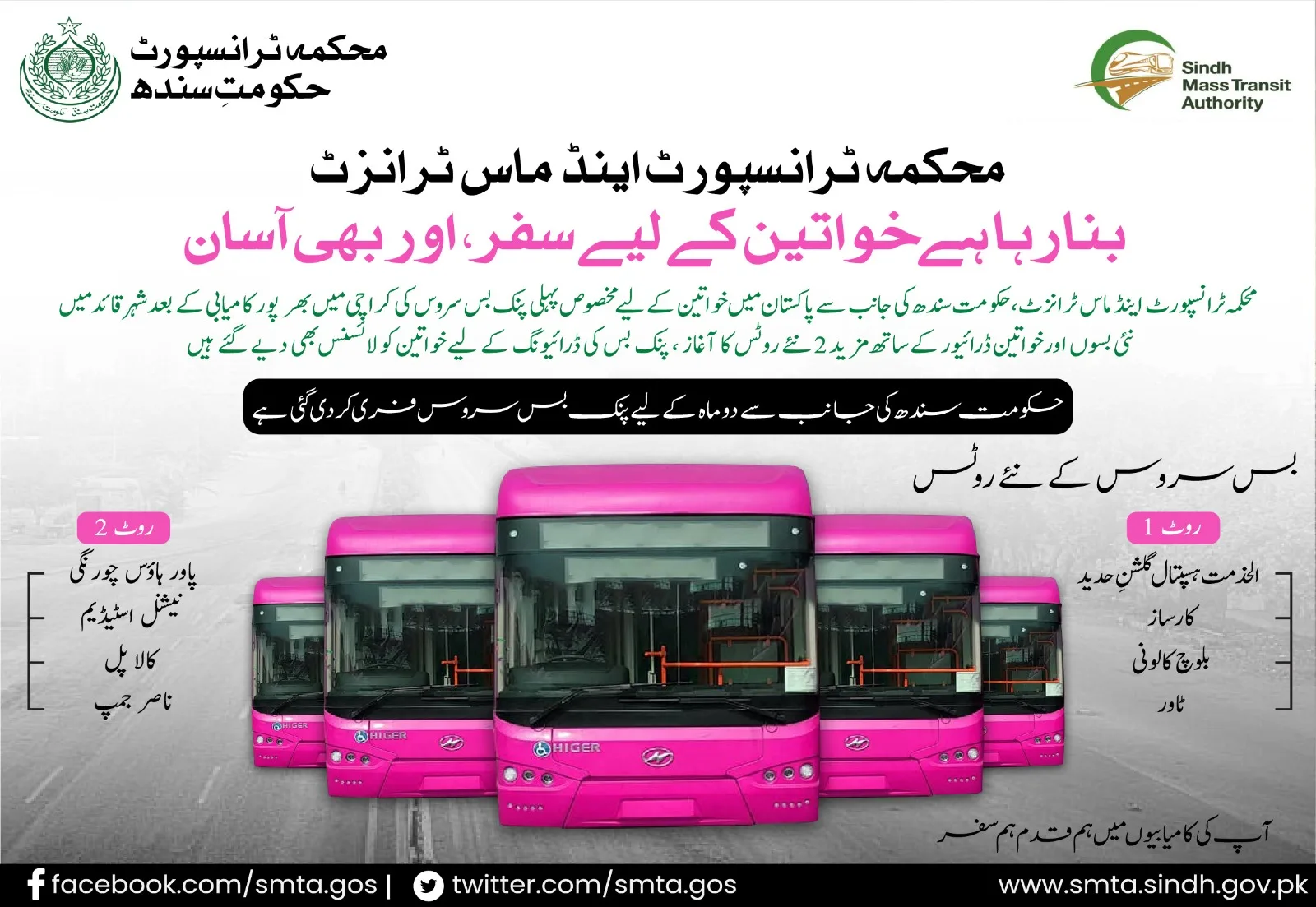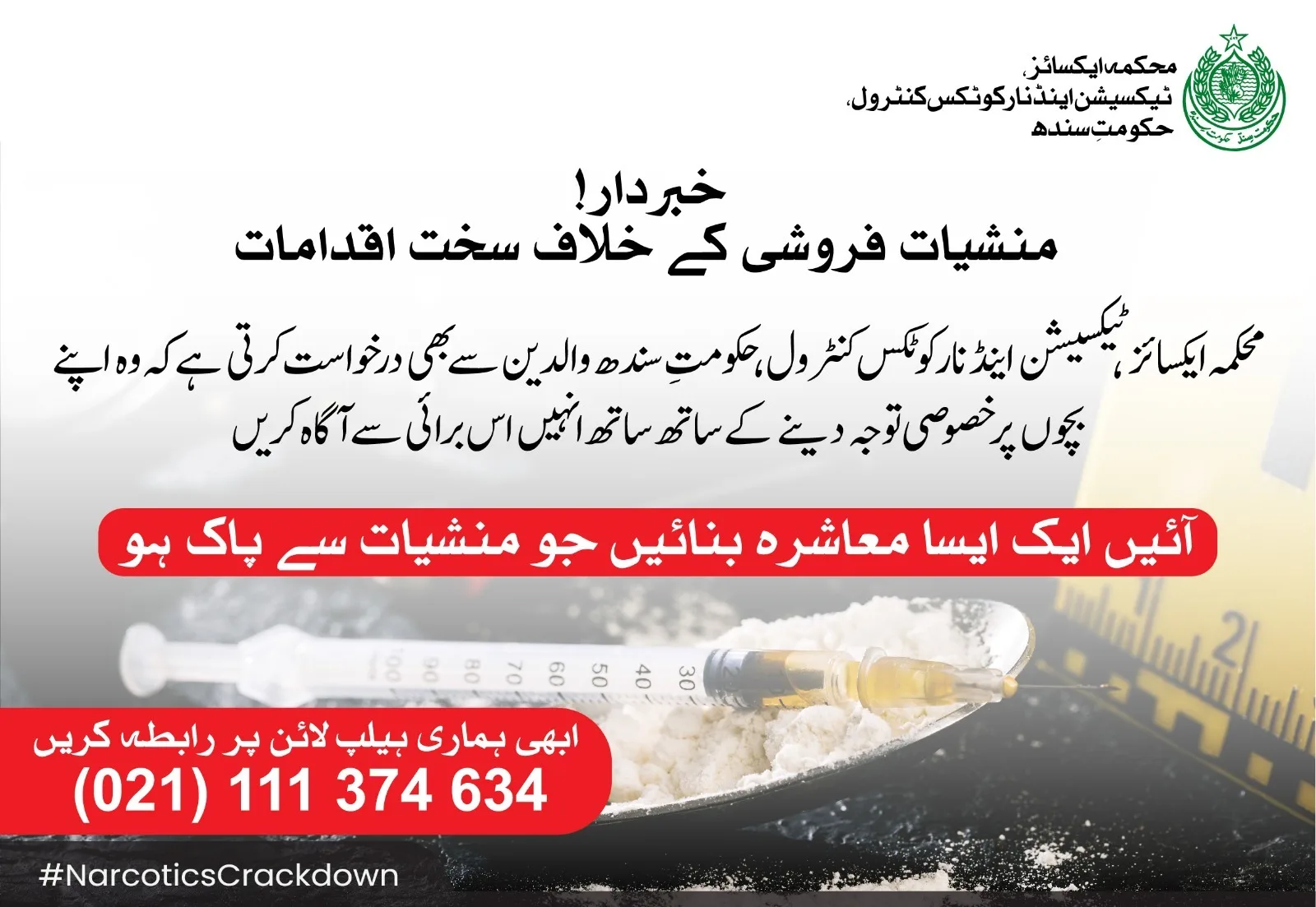Amazing Traditions Around the World on Eid ul Adha

Eid is that time of the year which like Christmas for the Christians, or Hanukkah for the Jews, is a memorable time to spread joy and happiness. To cherish the love and the moments with family, friends, and helping those less privileged. Every year Muslims across the globe irrespective of caste, nationality or even geographical limitations, celebrate Eid twice: Eid ul Fitr and Eid ul Adha.
Eid ul Fitr
Also known as Meethi Eid or Choti Eid in Pakistan, is celebrated with great fervour when the friends and family exchange all sorts of gifts or sweetmeats as a show of appreciation and welcome. Almost everywhere in the world, kids receive a special monetary token from their elders be it parents, aunts and uncles or distant relatives and friends of the family.
Eid ul Adha
Also known as Barri [Big] Eid or Bakra Eid, this Eid is the emblem of sacrifice. In reminder of the sacrifice presented by Hazrat Ibrahim (A.S.), who was ordered by Allah to sacrifice his most dear possession, his beloved son, Hazrat Ismail (A.S.) but was miraculously turned into a sheep. This time of the year Muslims belonging to any part of the world sacrifice an animal symbolic for the efforts of Hazrat Ismail (A.S.).
As with Eid ul Fitr, there are multiple traditions carried out on this joyous occasion as well. The following is a list of traditions largely accepted by Muslims irrespective of culture and geographical limitations.
Wear New Clothes:
While it is not an obligation to essentially wear new clothes, it is preferred that Muslims dress up for Eid in their best dress, usually new clothes. Women and girls also put on Mehndi / Henna to celebrate the religious festival.

Muslim kids in Kosovo taking part in a prayer during Eid celebration wearing black waistcoats decorated with gold threads and bow ties. Image taken from IslamicFinder.
Eid Prayer:
Then comes the second part that truly starts the festival of sacrifice and that is to offer a special prayer after the Fajar prayer as a show of gratitude and appreciation towards Allah Almighty. Immediately after the prayer, Muslims greet each other to wish friends, family and acquaintances a “Happy Eid” or “Eid Mubarak”.

Muslim children wishing each other a Happy Eid. Image taken from huffpost.com website.
The Sacrifice:
Although it is preferred to offer sacrifice on the first day, it is not an obligation to do so. Traditionally, this Eid consists of four days as Muslims are allowed to offer sacrifice till mid-day of the fourth day. So, based on circumstances, Muslims pay their offerings on anyone of the four days. However, since it can be troublesome to sacrifice an animal in non-Muslim countries, people can even give alms to the needy to make up for not being able to sacrifice.

Sheep offered for sale, at an animal market, in preparation for the upcoming Muslim holiday of Eid al-Adha or Feast of the Sacrifice. (AP) Image taken from the english.alarabiya.net website.
Distributing the Meat:
The meat from the sacrificed animal is traditionally divided into three equal parts with one portion set aside for the poor who do not have access to meat the year round, the second part is for guests, family and friends et cetera, with the third portion kept aside for the family who has offered the sacrifice.

Bags of goat meat prepared by ACMW. For the Eid-ul-Adha sacrifice, Muslims must donate a third of the animal to the poor. Credit: AISHA ASIF.
Lastly, similar to Christmas and other festivals celebrated around the world, Eid ul Fitr and Eid ul Adha are times to be spent with family and friends, celebrating with them the joy, love and blessings in your life. So, remember to keep your loved ones close but do go out of your way to facilitate the poor as every act of kindness is a form of charity.
Stay tuned to Baaghi TV for more amazing content.












